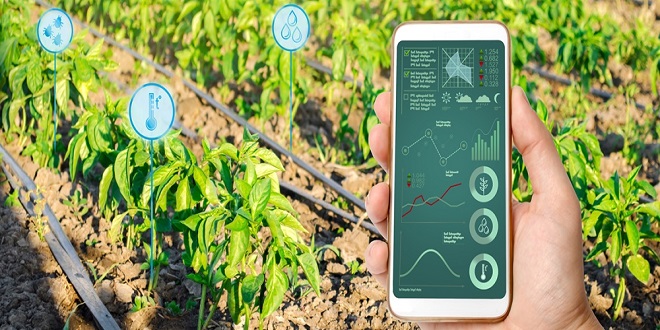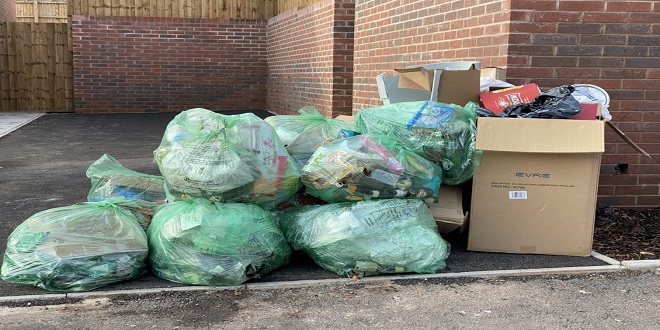Smart Irrigation Systems – Why is it growing in importance?

A water crisis could be one of the main causes of irrigation failures in any region of the globe. Smart irrigation systems and smart irrigation technology are being adopted by many users to address this problem.
Smart water irrigation has the ability to conserve water, which is one of its most significant and compelling advantages. Traditional irrigation systems can lead to significant water wastage. Up to 50% of water can be wasted because of inefficiencies in irrigation techniques, overwatering, or evaporation.
Smart irrigation technology works in the same way that indoor farming technology has taken over most agricultural products due to its improved crop success and emerging technologies in inland agriculture. It also helps with efficient watering schedules and better production. These controllers can be used to control smart irrigation systems.
Why are Smart Irrigation Systems Growing in Demand?
New Controllers
Customers can benefit from a wide range of smart technology. It is important to select the right technology for the situation in order to save water. There are two types of new controllers:
Climate-Based Controls
These controllers are also known as evapotranspiration control controllers. They use local weather data to adjust irrigation schedules and gather information from local sources. ET controllers are a combination of transpiration and evaporation. There are three types of ET controllers:
Signal-based Controllers Using meteorological data from a public source. ET Value is calculated from the gross Surface Site.
Historic ET controllersuse preprogrammed curves entirely determined by historical water use in different regions. This curve can be adjusted to account for temperature and solar radiation.
On-site weather measurement controllers collect on-site data to determine water levels and measurements.
Soil-Moisture Controllers
These controllers include soil moisture controllers. Instead of using weather data, they use soil moisture that has settled below ground in roots to determine water requirements. They calculate the soil water content. Volumetric content is the amount of soil that contains water. After opening the valves, the controllers initiate the irrigation.
Based on their threshold, they set a control type. This value is dependent on the soil type and can range from 10-40 percent. These sensors must be placed in an area that is not near sidewalks or tree roots.
Add-On Sensors
It is difficult to replace the controllers that are already in use and install new technology sensors. To increase the efficiency of an automated irrigation system, you can install add-on sensors. You can install a freeze sensor, wind, rain or soil moisture sensor on your existing property.
Other options include devices that bring together multiple environmental elements and measure them with compatible sensors. These sensors are easy to install and provide similar results as smart irrigation systems. These sensors can be installed on top of smart irrigation system controllers and are much cheaper and more practical.
Bottom Line
Water shortage is a problem in our era. Smart irrigation systems can help reduce water consumption. Smart technology in irrigation addresses inefficiencies in water delivery and converts them into the effective water supply to lands.
There are four main types of irrigation: drip, trickle, and surface. Smart irrigation sensors, which are designed to counter these irrigation mechanics make it easy to control and manage the irrigation results. Future standings can be kept in place. Smart irrigation sensors can save outdoor water for more efficient use.



